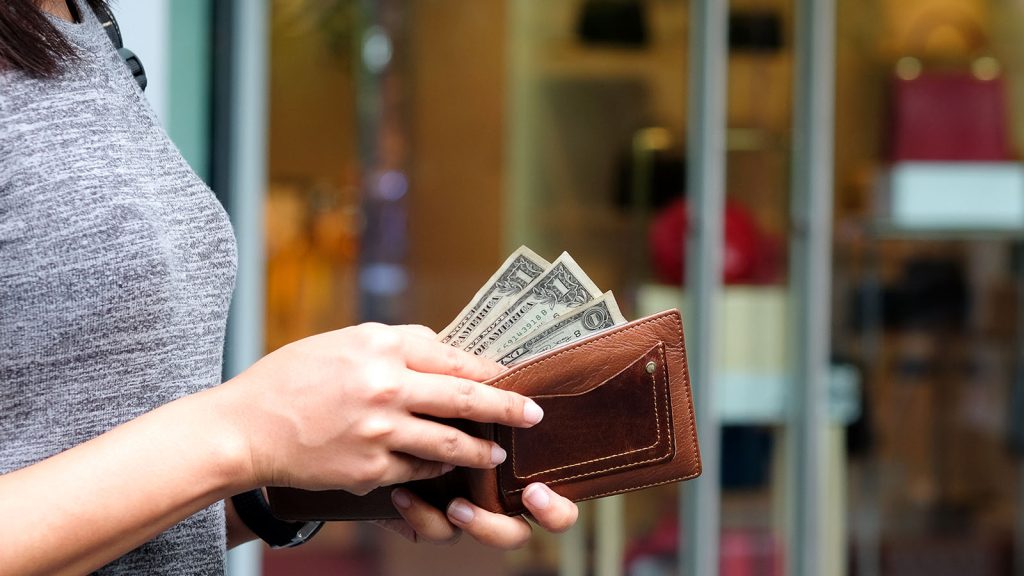44% of Americans can’t cover a $1,000 expense from savings. If that number surprises you, it should. Too many Americans live their lives at risk with virtually no savings for a rainy day.
An Emergency fund is critical. It acts as a financial safety net, providing peace of mind and security in the face of unexpected expenses such as medical emergencies, car repairs, or sudden job loss.
But how do you determine if your emergency fund is sufficient?
Here are some key considerations to help you evaluate the adequacy of your emergency savings.
How Do I Know If My Emergency Fund Is Enough?
A few things can help you decide if you have enough money saved for an unexpected expense.
Understanding the Purpose of an Emergency Fund
An emergency fund covers unforeseen expenses that can disrupt your financial stability. It should be easily accessible and liquid (not invested), meaning it can be quickly converted to cash without penalties or loss.
Remember that the primary goal of your emergency fund is to prevent you from going into debt when emergencies arise. You need this money to be safe from market fluctuations.
We use an Ally HYSA and earn hundreds of dollars in monthly interest. Sign up for an Ally savings account, and you’ll get $100 after making three recurring deposits.
Easy money.
The Three-to-Six-Month Rule
A standard guideline is to have three to six months’ worth of living expenses saved in your emergency fund. If you have a family and a big house, aim to hit the six-month mark.
More on these factors below.
This range provides a buffer to help you manage through most short-term financial disruptions. For instance, if your monthly expenses total $3,000, you should aim to have between $9,000 and $18,000 saved in a High-Yield Savings Account (like Ally).
Assessing Your Monthly Expenses
Calculating your monthly expenses is the first step in determining whether your rainy day fund is enough. This includes essential costs such as rent or mortgage payments, utilities, groceries, transportation, insurance, and debt obligations.
By understanding your monthly financial commitments, you can establish a baseline for how much you need to save.
Factors Influencing the Size of Your Emergency Fund
While the three-to-six-month rule is a good starting point, several personal factors can influence the size of your emergency fund:
- Job Stability: If you work in a volatile industry or have a job with high turnover rates, you might want to save more than six months’ worth of expenses. Conversely, a smaller fund might suffice if you have a stable job with a steady income.
- Dependents: If you have dependents, such as children or elderly family members, your expenses are likely higher, necessitating a larger emergency fund.
- Health Considerations: If you or your family members have ongoing health issues, it’s wise to have a bigger fund to cover unexpected medical expenses.
- Debt Levels: High debt levels can strain your finances, so having a larger emergency fund can provide a cushion to manage debt payments during tough times.
- Lifestyle and Location: Your lifestyle choices and geographic location influence your cost of living, which in turn affects how much you need to save.
Regularly Evaluate Your E-Fund
Your financial situation and expenses can change over time, so it’s a good idea to reassess your emergency fund regularly. Life events such as marriage, having children, or buying a home can significantly impact your financial needs.
Make it a habit to review your fund annually or whenever a significant life change occurs.
Building Your Emergency Fund
If your emergency fund is lacking, set a realistic savings goal. You don’t need to save up a $20,000 emergency fund this month. However, it should be a priority in the future.
Automate your savings by setting up a direct deposit from your paycheck into a dedicated savings account. Even small, consistent contributions can add up over time. Consider reducing non-essential expenses and redirecting those funds into your emergency savings.
Let’s Wrap It Up
Determining whether your emergency fund is enough requires thoroughly understanding your financial situation and potential risks. By evaluating your monthly expenses, considering personal factors, and regularly reassessing your needs, you can ensure that your emergency fund is adequate to protect you against life’s uncertainties.
Remember, the peace of mind that comes with a well-funded emergency account is invaluable. It allows you to face the future with confidence and security.



